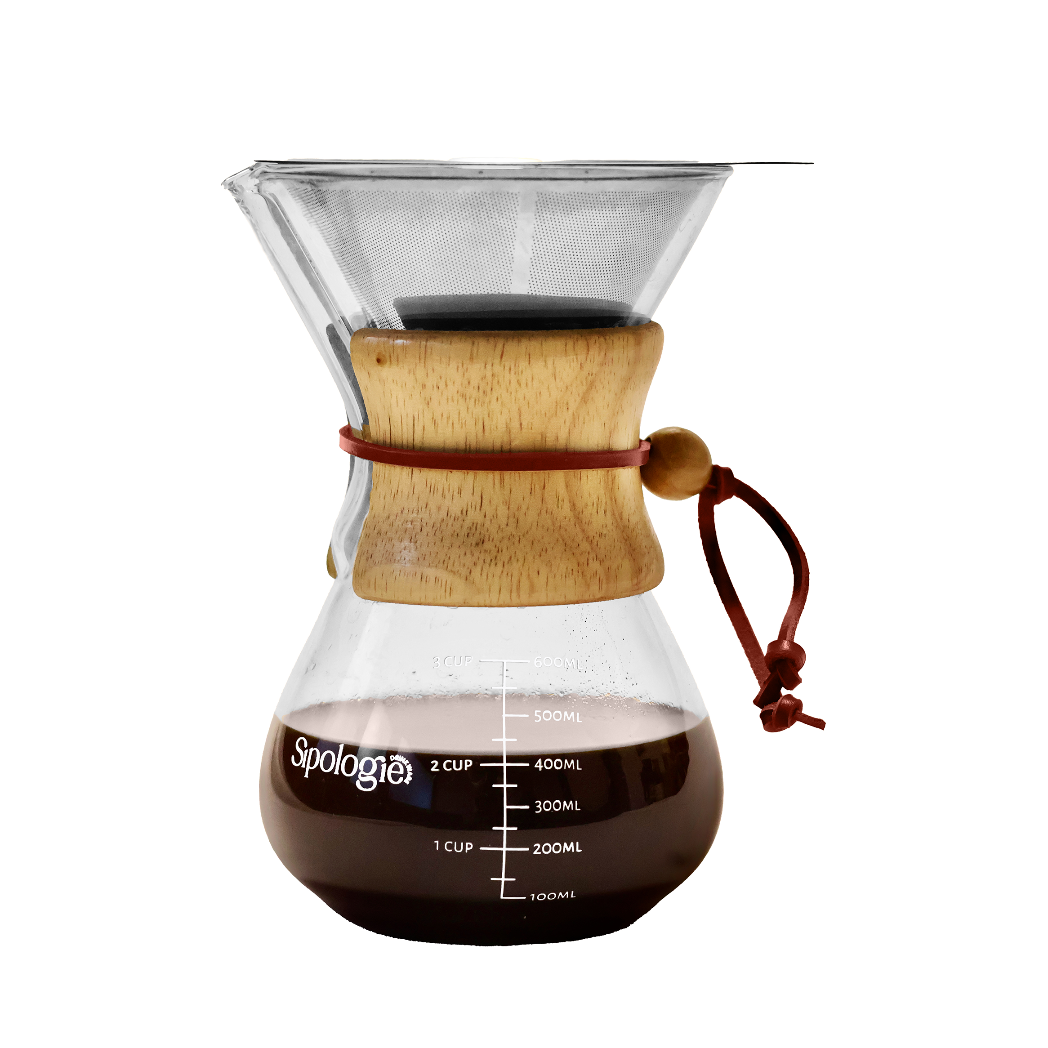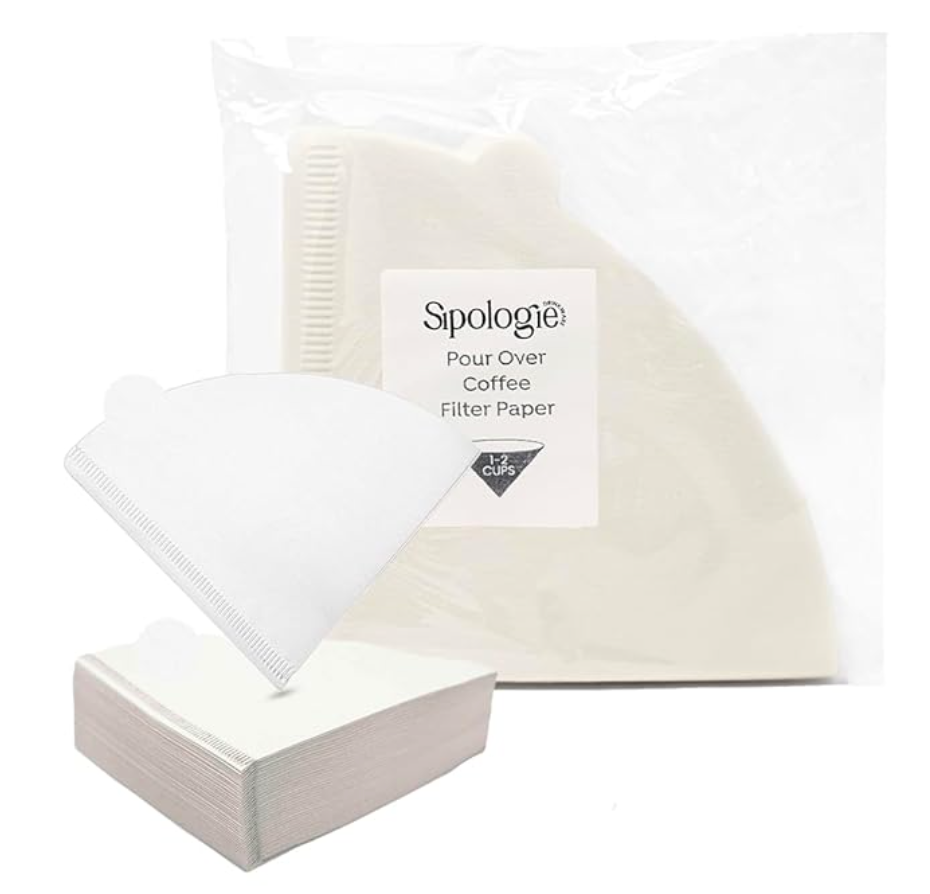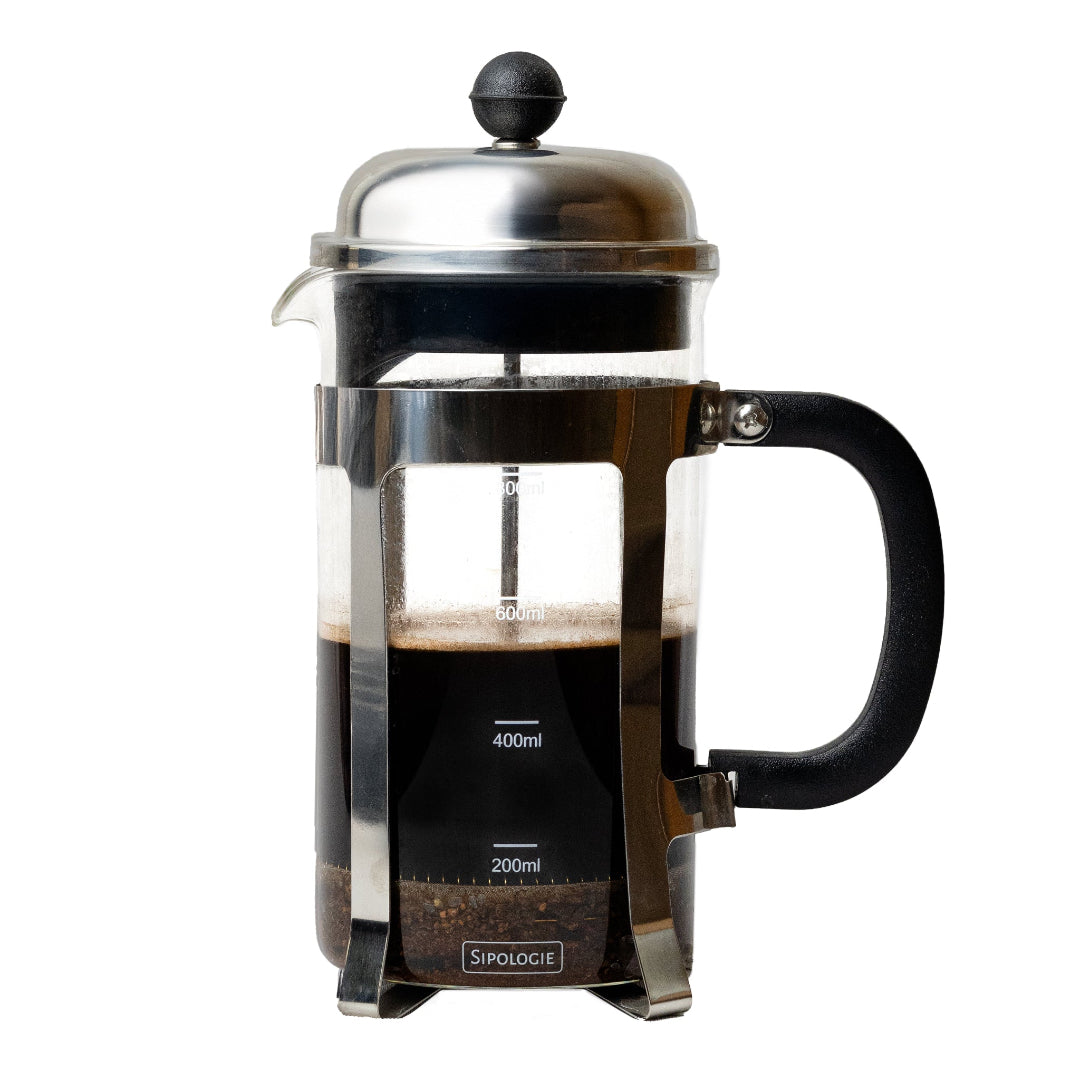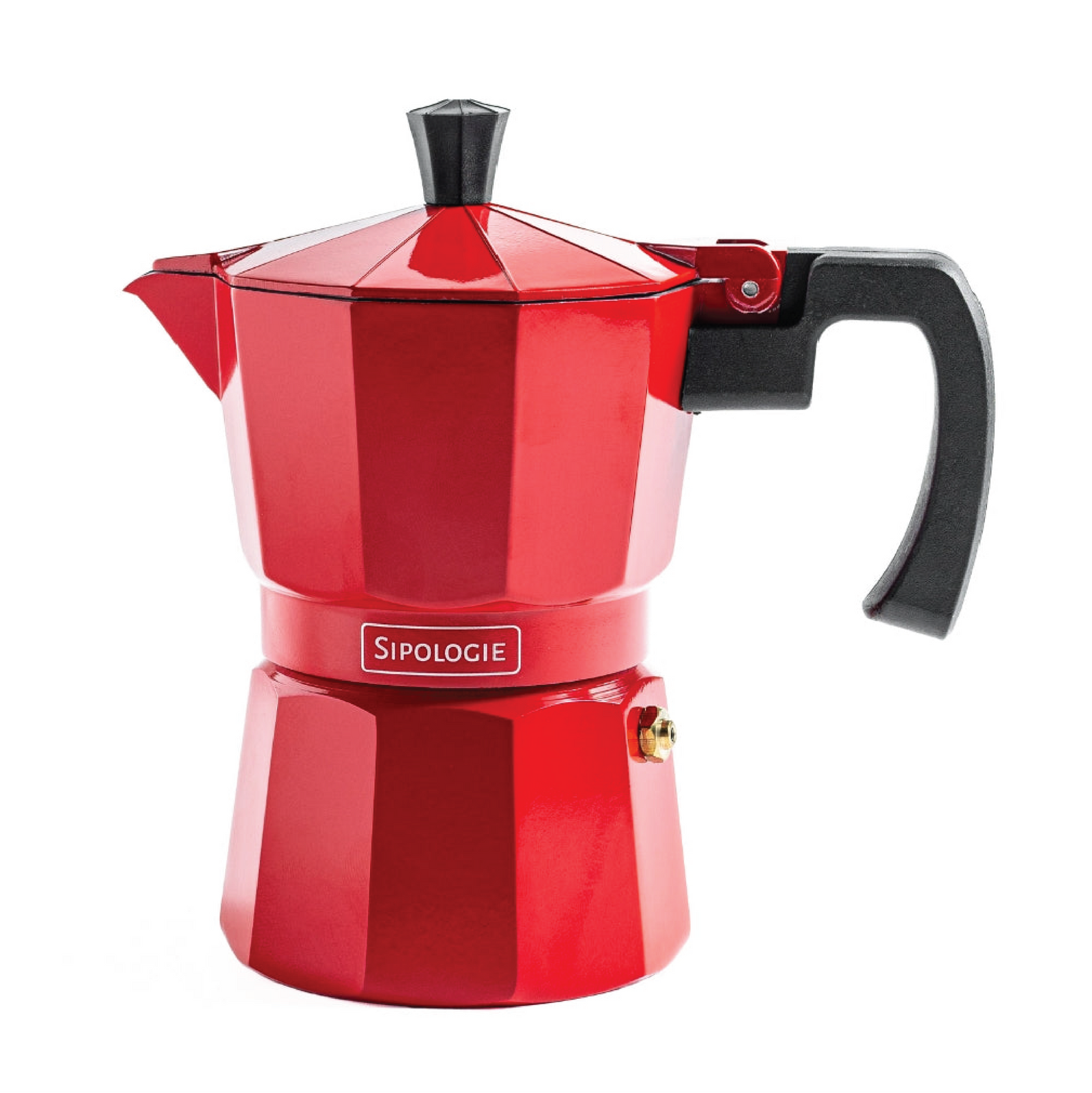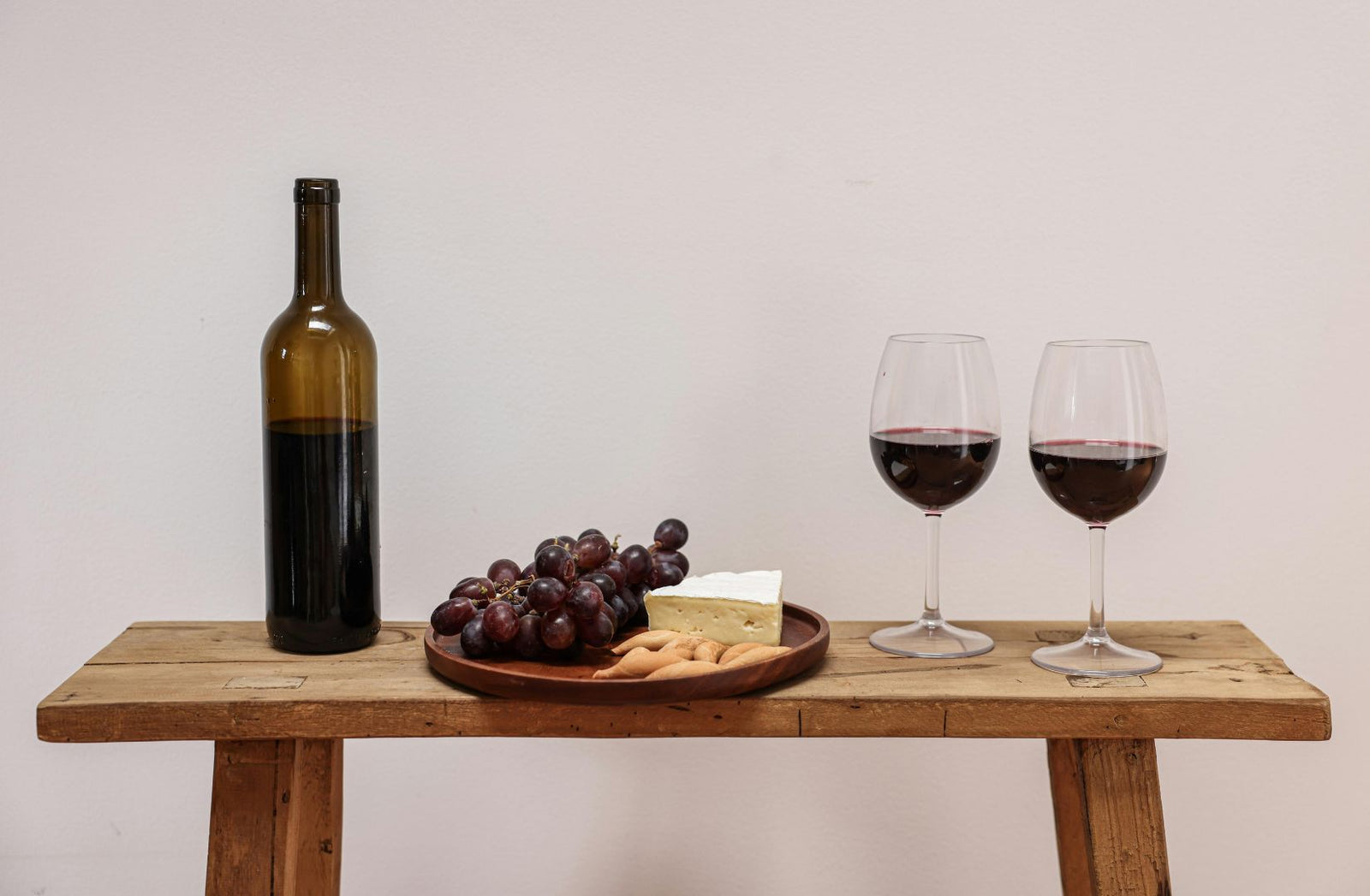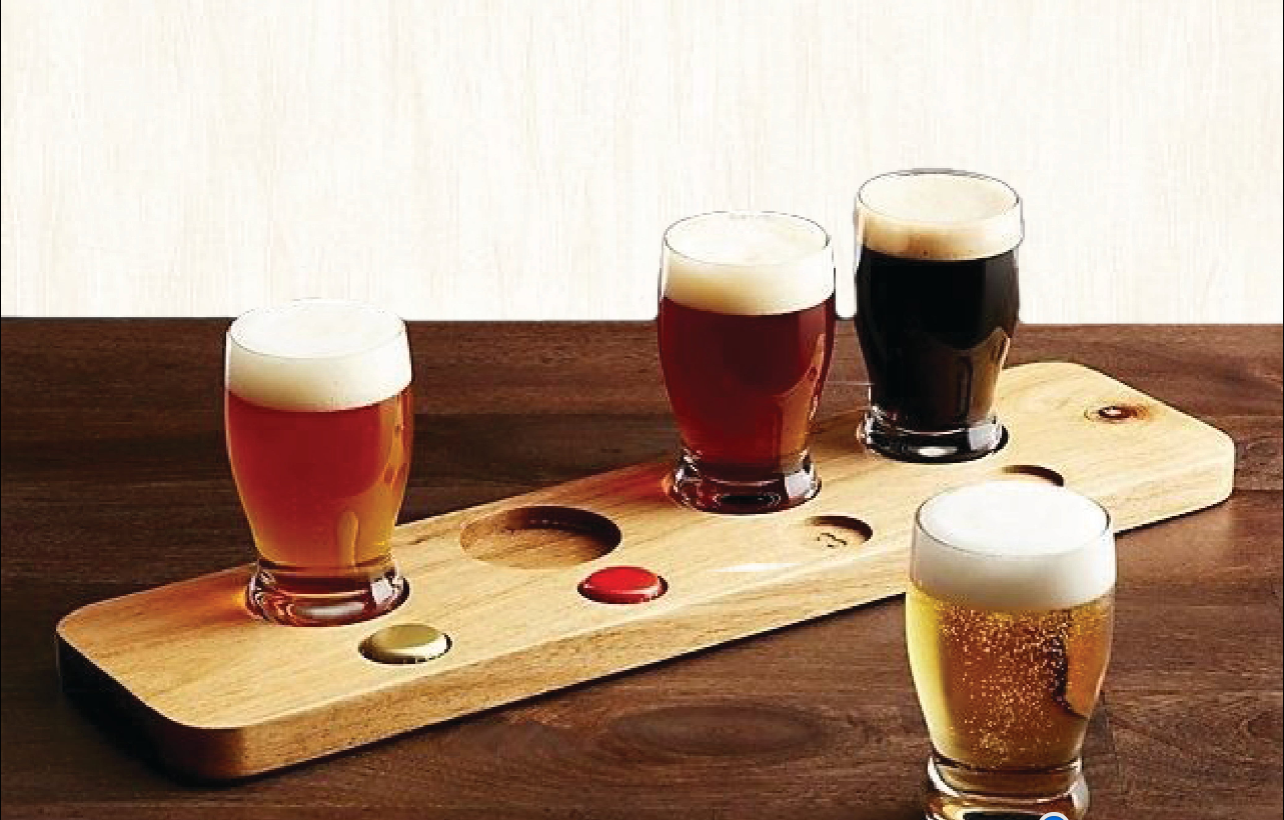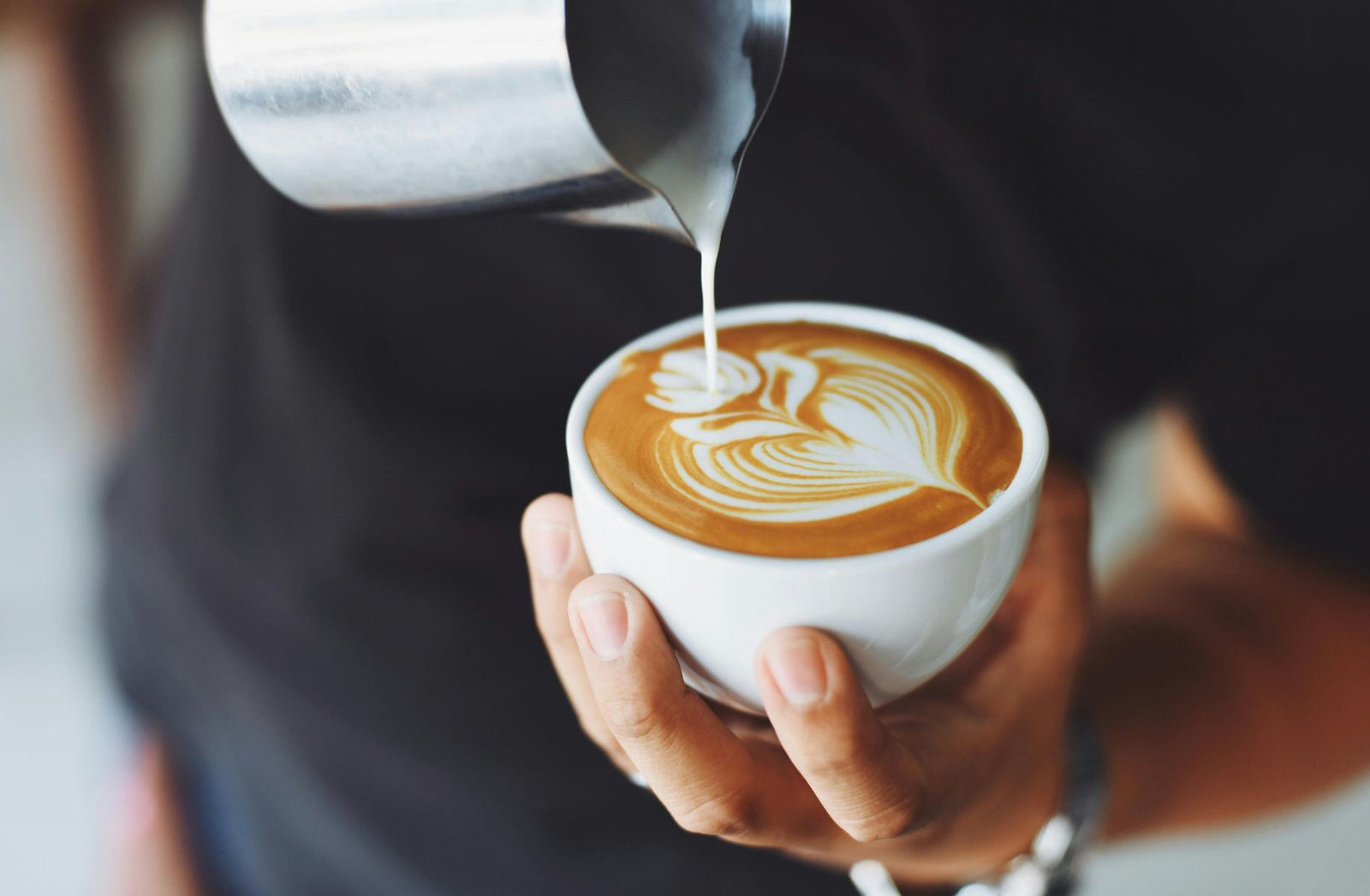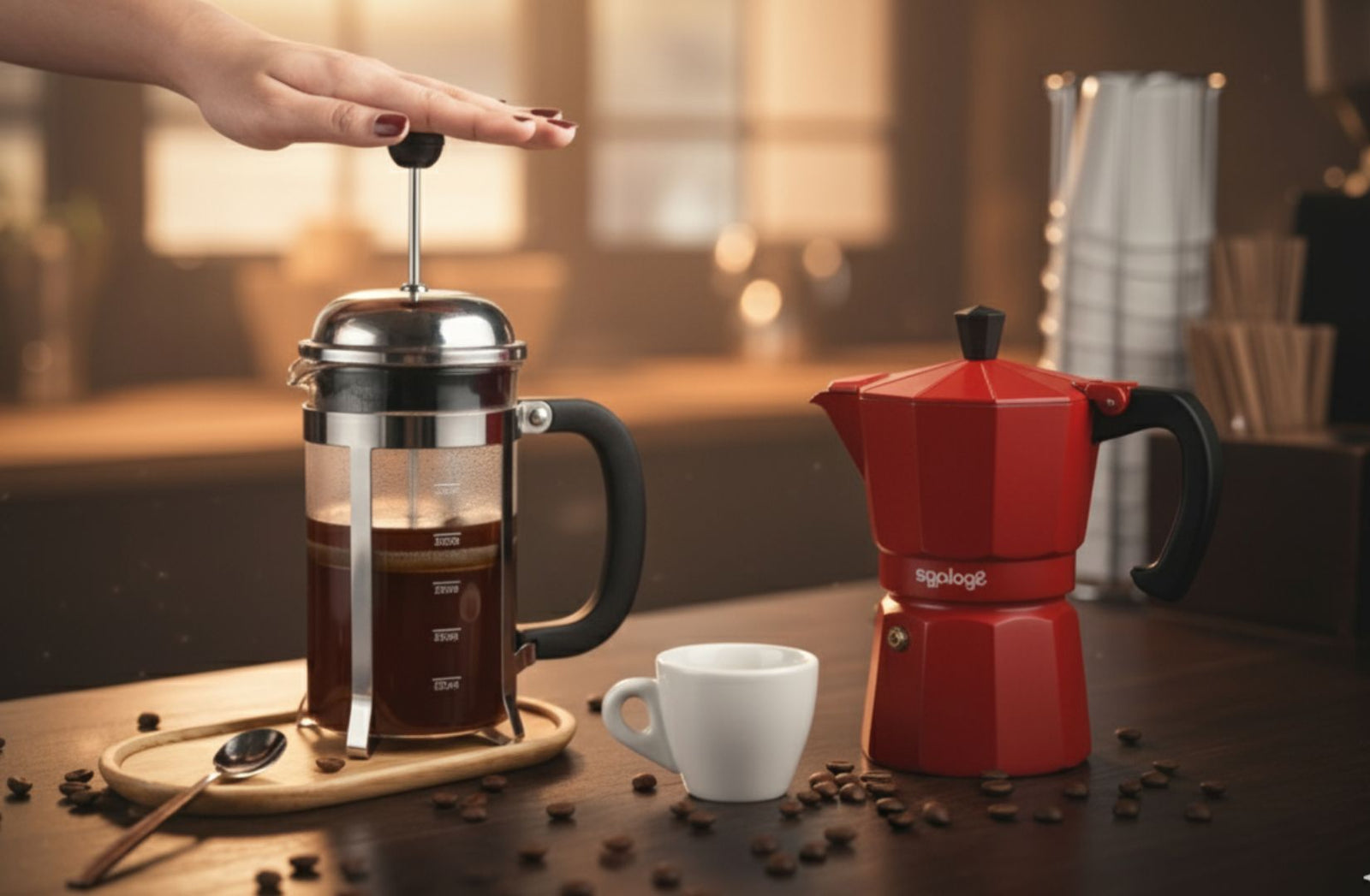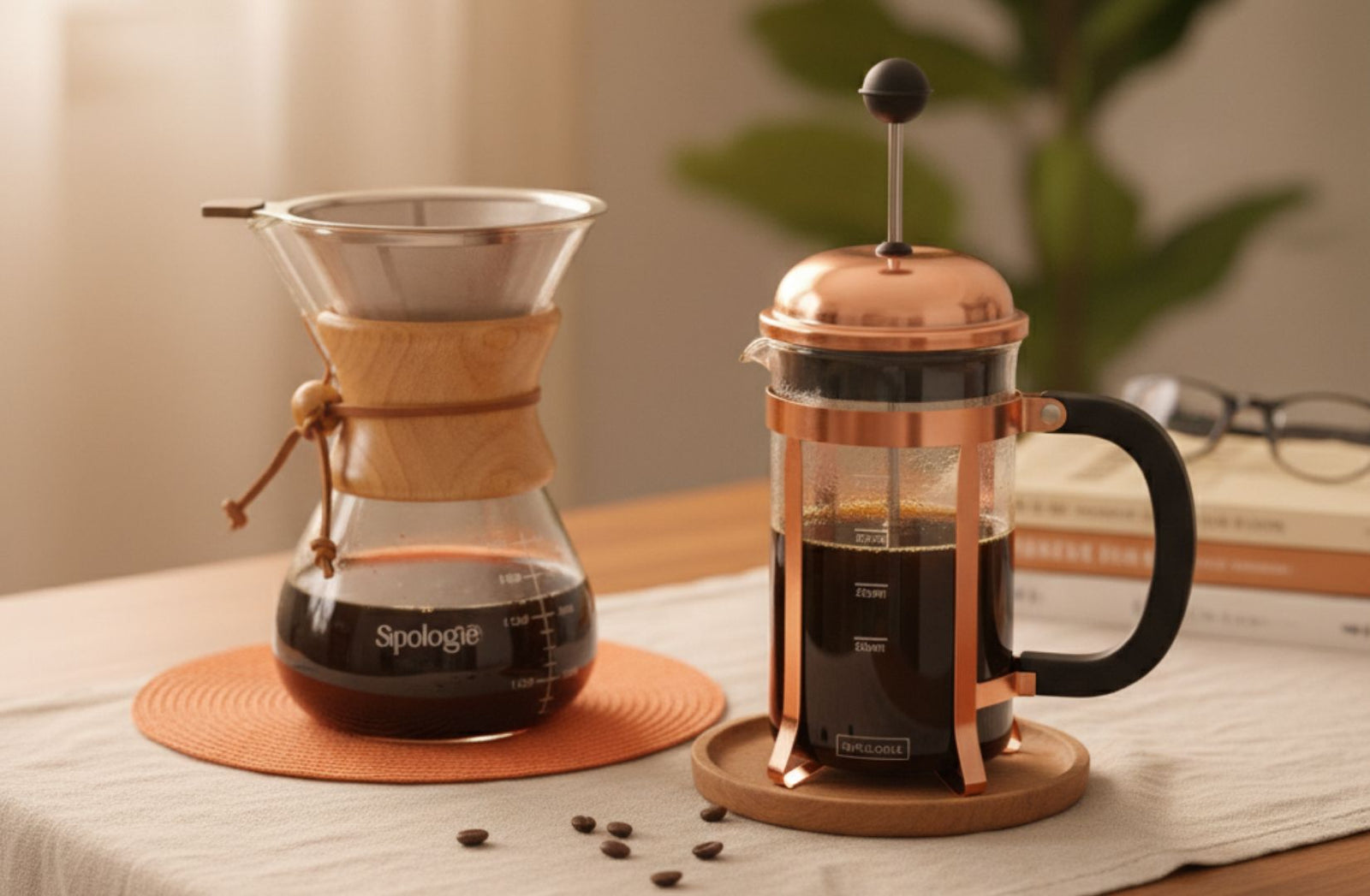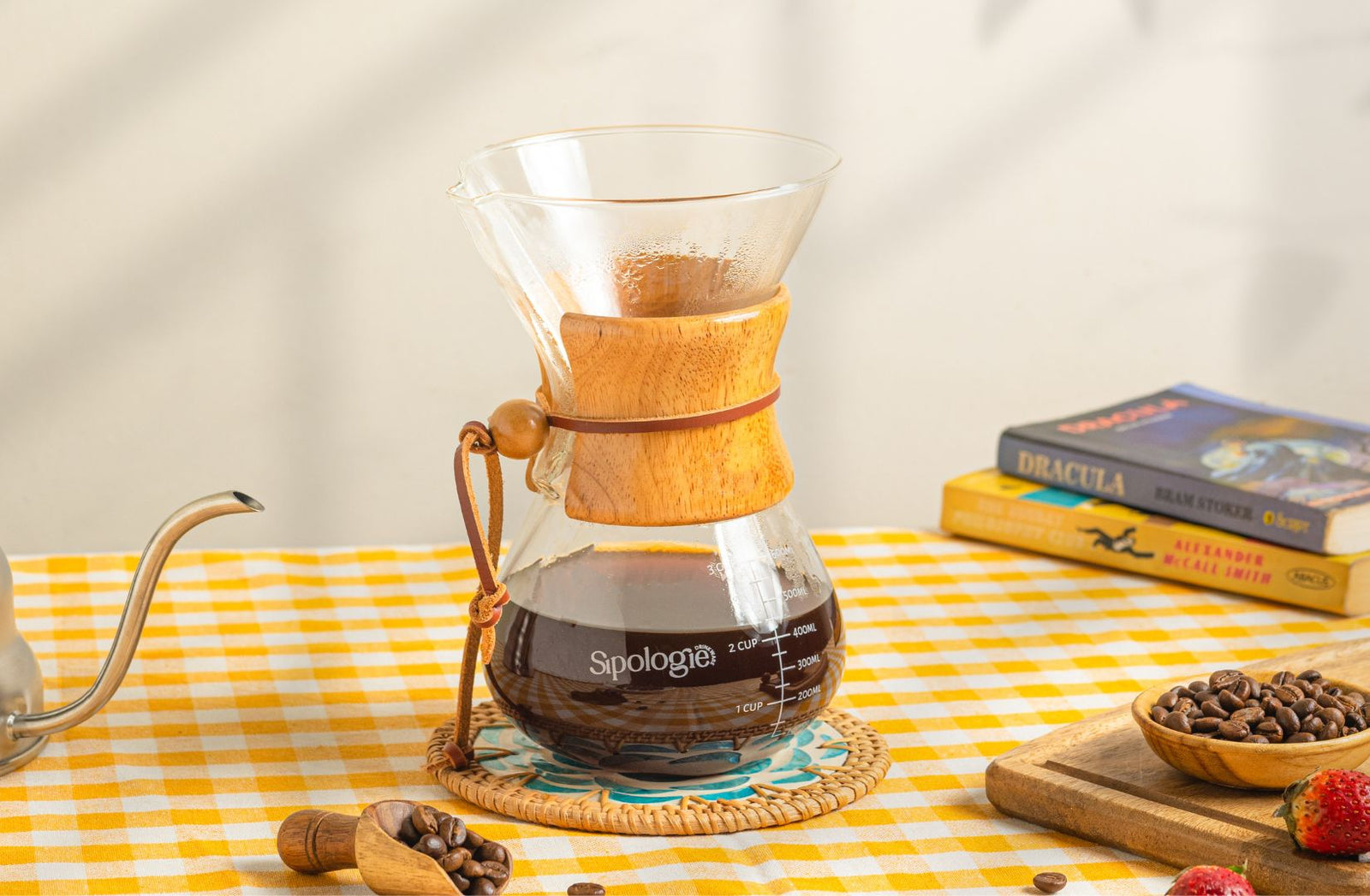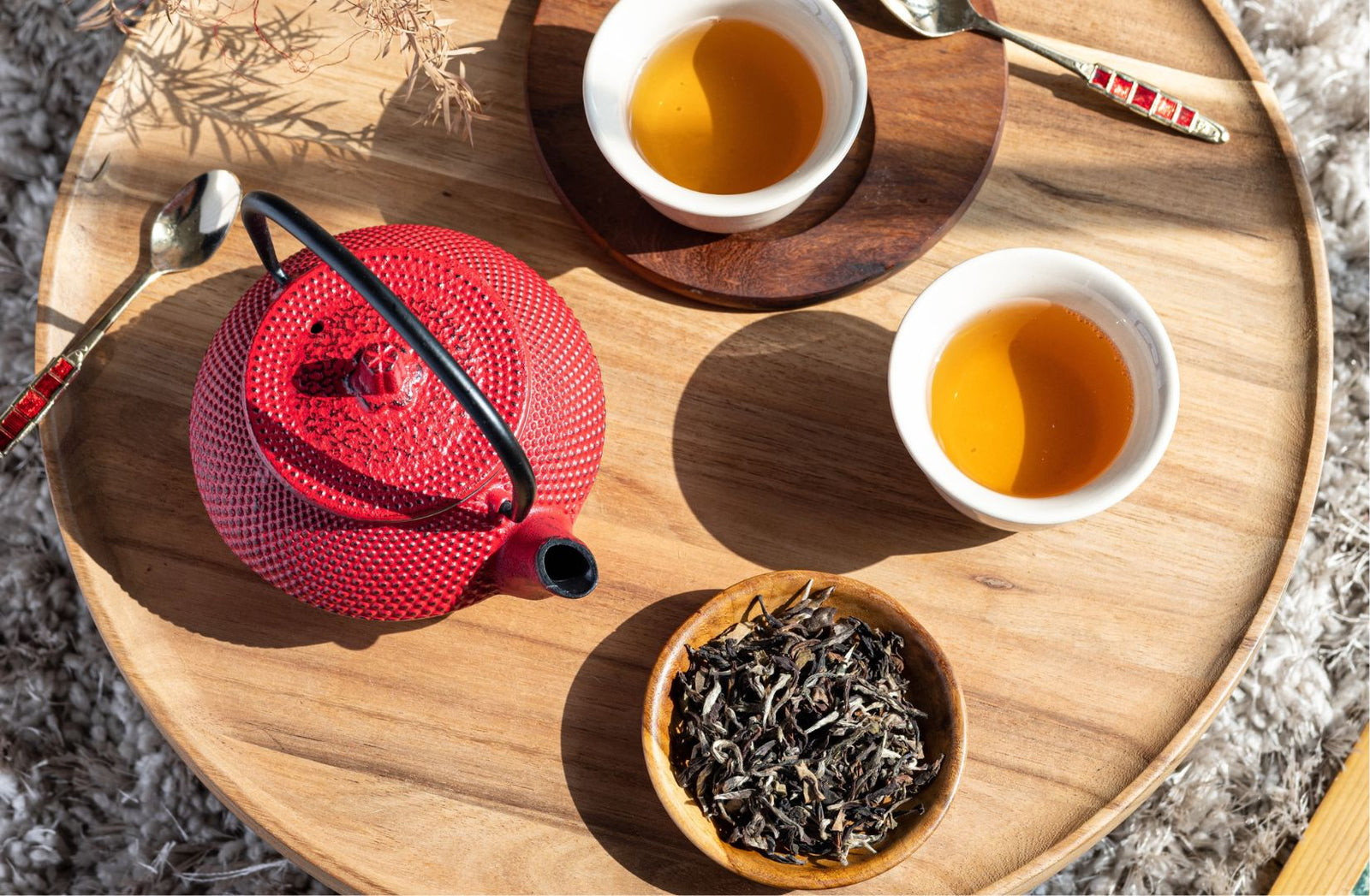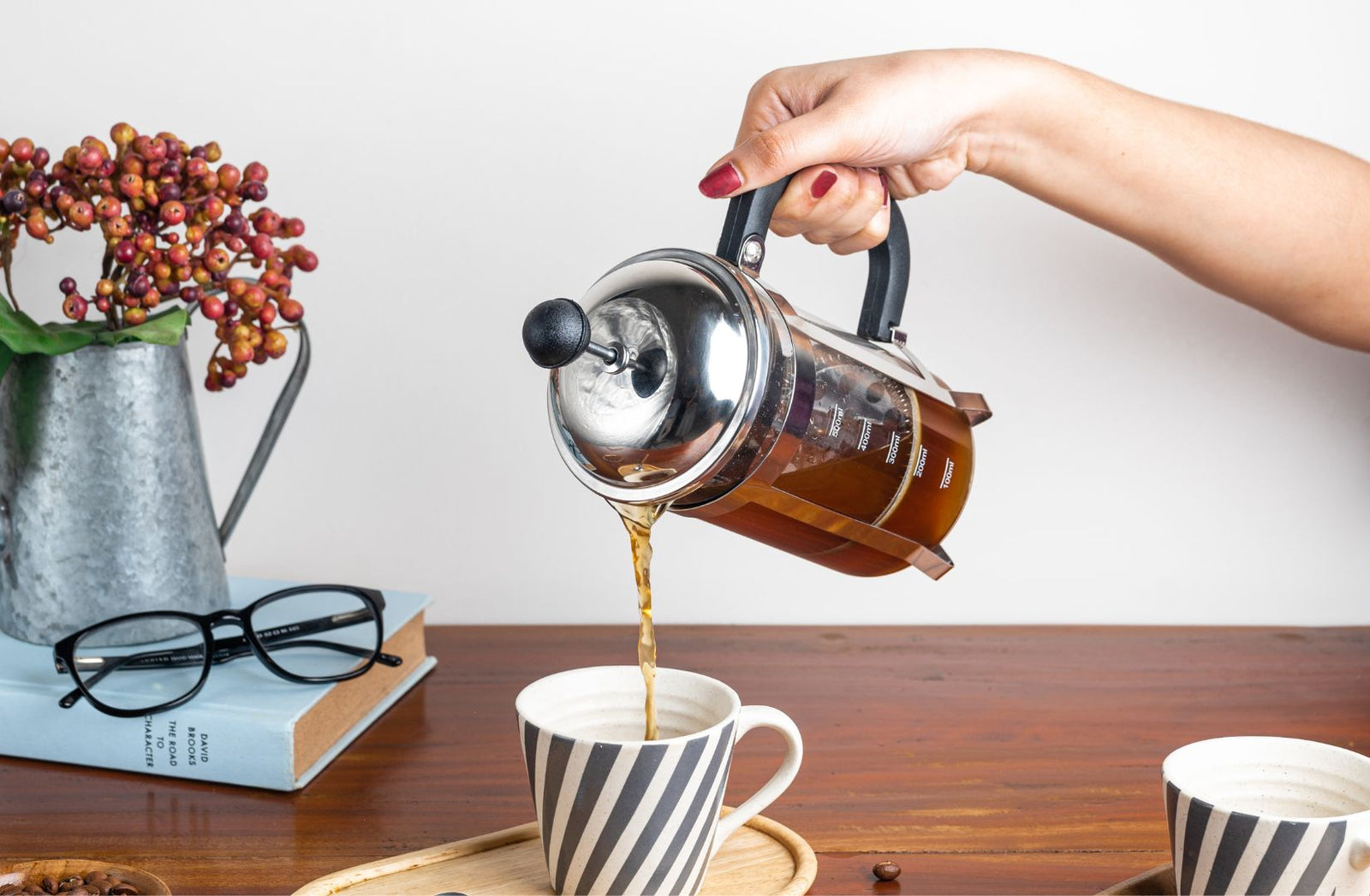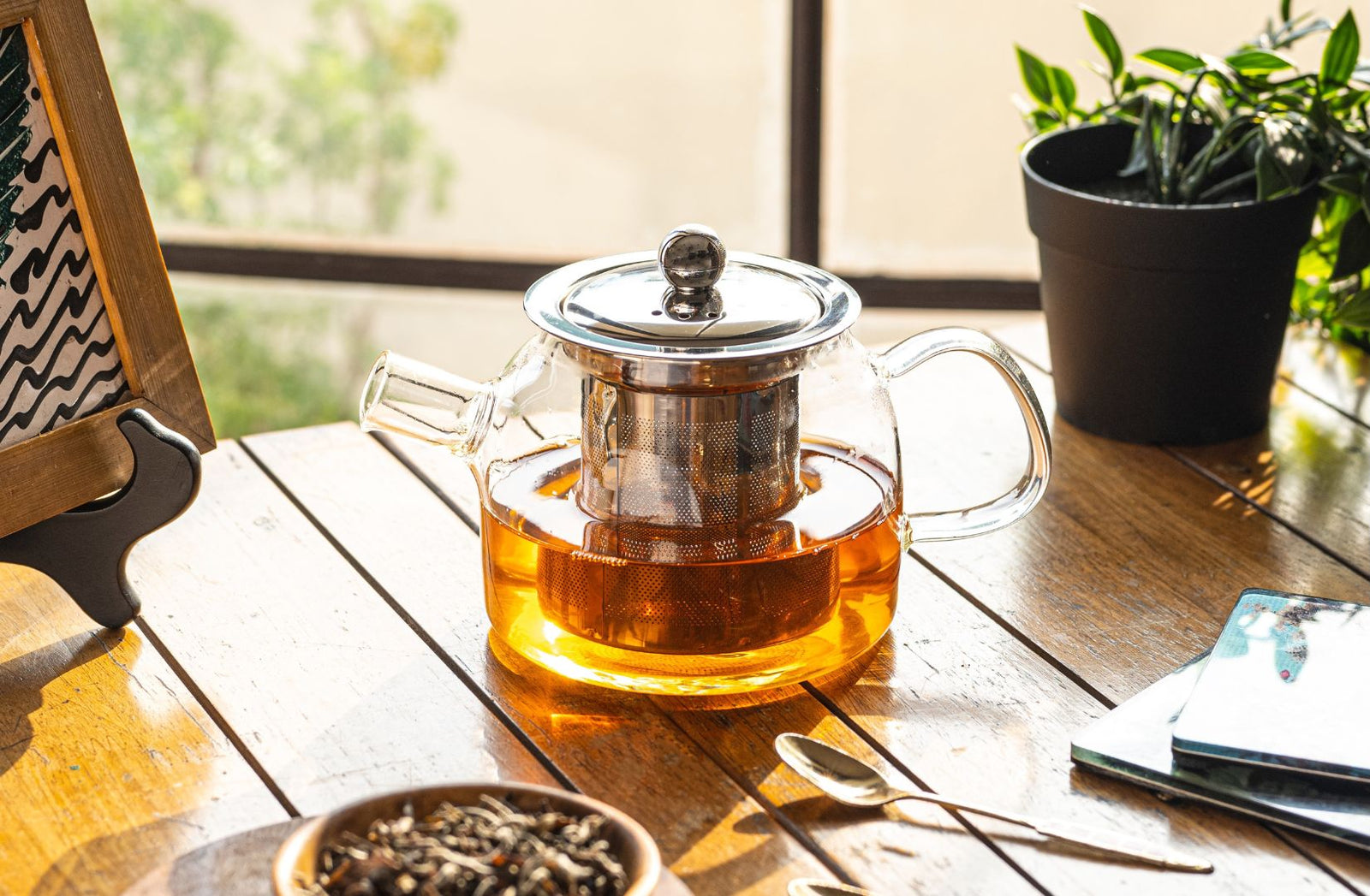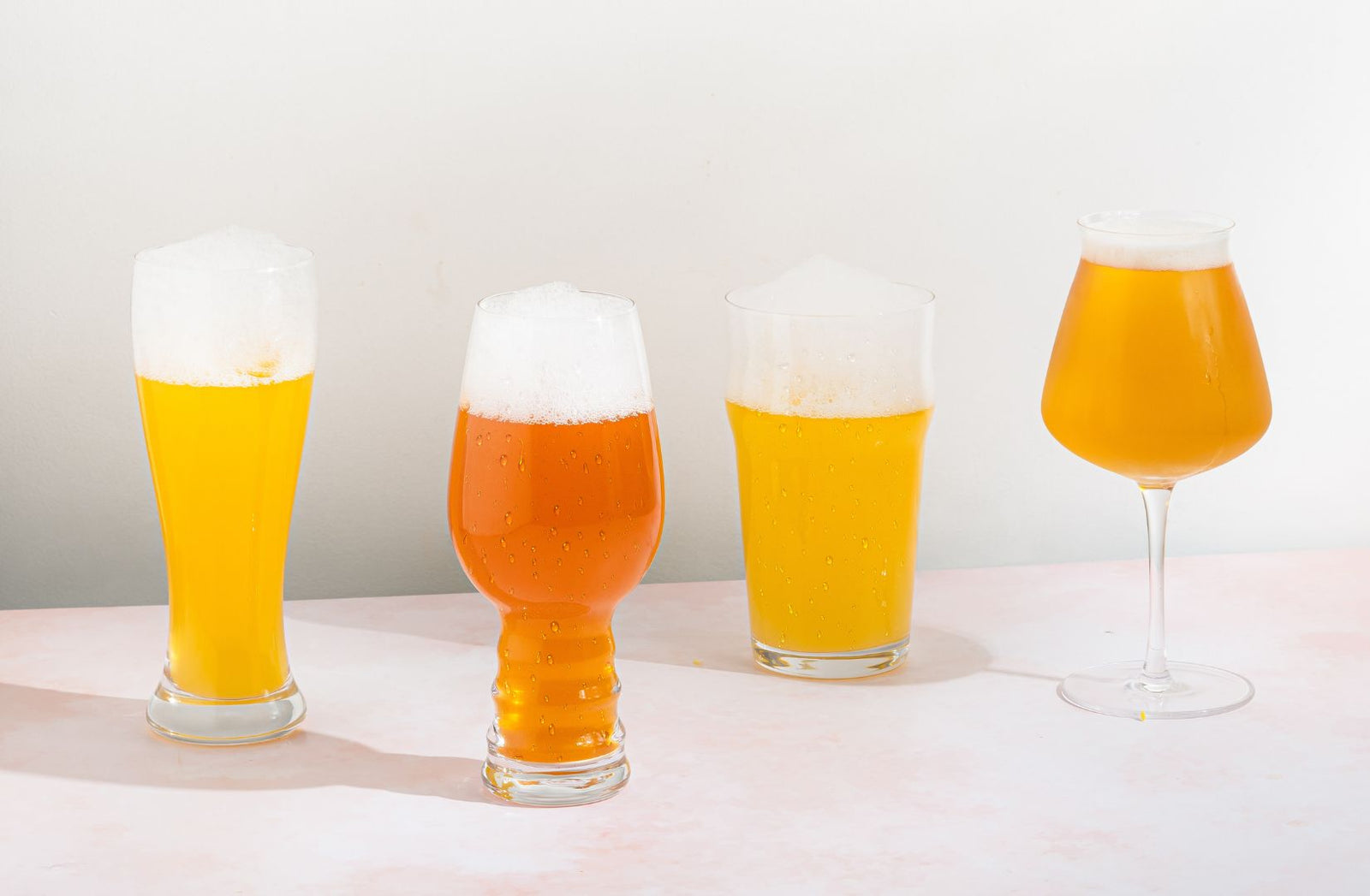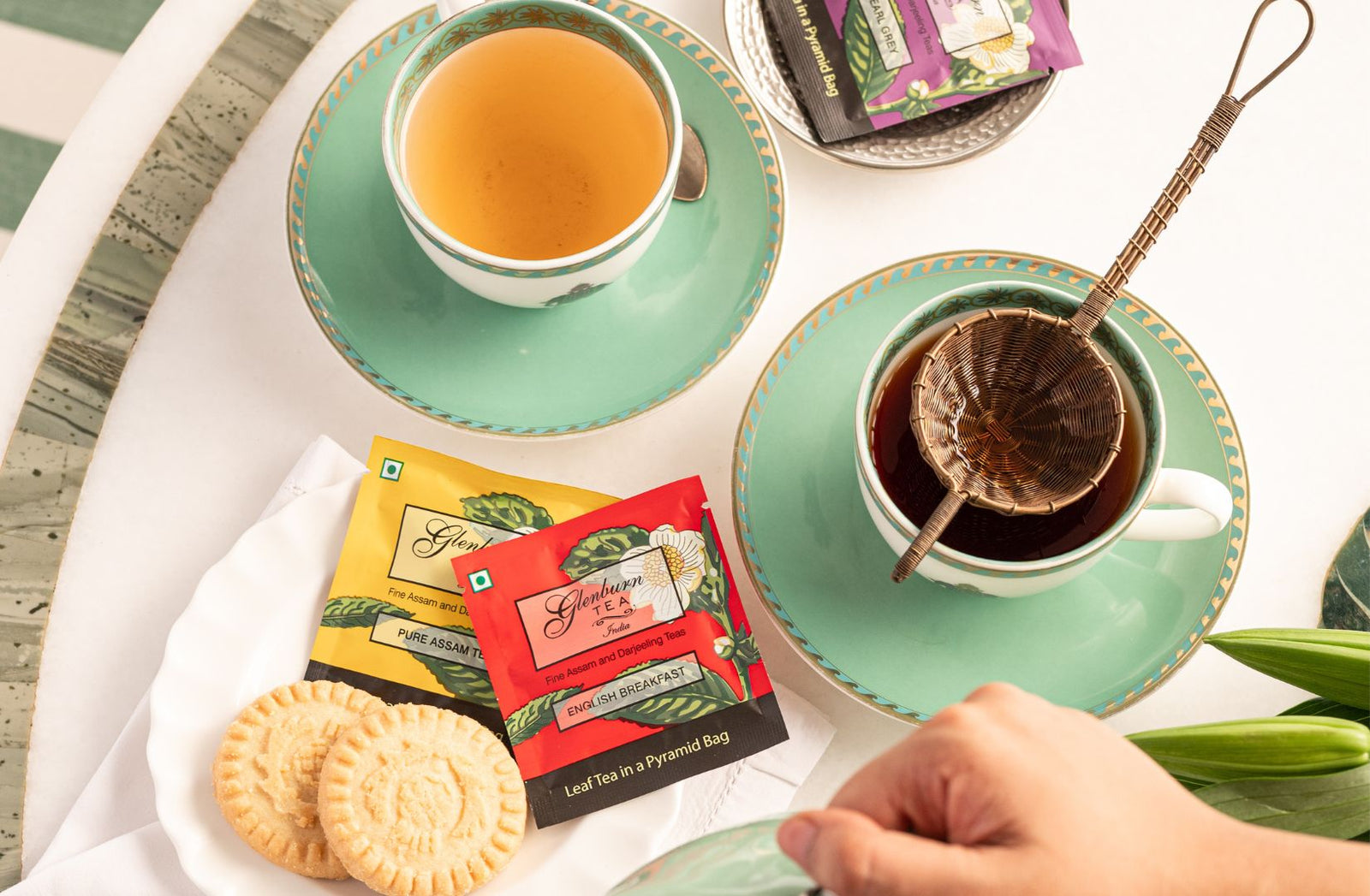
Whether you're a coffee aficionado or just starting your coffee journey, understanding the different types of coffee beans and how roasting impacts their flavor can significantly enhance your experience. Coffee is not just about a morning pick-me-up—it's an exploration of flavors, aromas, and cultures from around the world. Let’s dive into the fascinating world of coffee beans and roast varieties to help you brew the perfect cup.
Coffee beans with their characteristics :
Coffee beans are the seeds of the Coffea plant, and while there are over 100 species, two dominate the global market—Arabica and Robusta. However, within these two primary types, the growing region and processing methods influence the flavor profile. Here’s a look at some of the most popular coffee bean varieties worldwide and the ideal roasting styles associated with them:

1. Arabica (Coffea Arabica)
-
Origin: Ethiopia (now grown in Asia, Africa and Latin America).
-
Flavor Profile: Smooth, mild, and aromatic with subtle fruity and floral notes.
-
Acidity: Higher acidity, making it bright and vibrant.
-
Popular Regions in India:
-
Karnataka (Chikmagalur, Coorg, Baba Budangiri)
-
Kerala (Wayanad)
-
Tamil Nadu (Nilgiris, Shevaroy Hills)
-
-
Preferred Roast: Light to Medium Roast – Preserves Arabica’s delicate flavors and highlights origin-specific nuances.

2. Robusta (Coffea Canephora)
-
Origin: Central and Western Africa.
-
Flavor Profile: Strong, bold, and earthy with hints of bitterness.
-
Caffeine Content: Almost double that of Arabica, making it a preferred choice for a stronger caffeine kick.
-
Popular Regions in India:
-
Karnataka (Coorg, Chikmagalur)
-
Kerala (Wayanad)
-
Tamil Nadu (Shevaroy Hills)
-
-
Preferred Roast: Medium to Dark Roast – Enhances Robusta’s bold, intense flavors while reducing its natural bitterness.

3. Liberica (Coffea Liberica)
-
Origin: Liberia, West Africa.
-
Flavor Profile: Smoky, woody, and slightly fruity, often with a distinctive aroma.
-
Availability: Less common but appreciated for its unique taste.
-
Popular Regions in Asia:
-
India (Experimental farms in Kerala & Karnataka)
-
Philippines, Malaysia, and Indonesia
-
-
Preferred Roast: Medium to Dark Roast – Brings out the bold, smoky undertones and reduces the fruity sharpness.

4. Excelsa (Coffea Excelsa)
-
Origin: Southeast Asia.
-
Flavor Profile: Tart, fruity, and complex, often used in blends to enhance flavor variety.
-
Popular Regions in Asia:
-
India (Small-scale trials in Karnataka & Tamil Nadu)
-
Vietnam and the Philippines
-
-
Preferred Roast: Light to Medium Roast – Preserves its bright, fruity complexity and maintains its layered flavors.
The Coffee Roasting Process
Once coffee beans are harvested and processed, they undergo a crucial transformation through roasting. This process turns raw, green beans into the rich, aromatic coffee we enjoy. Roasting not only alters the beans' color and texture but also develops their distinct flavor, aroma, and acidity. The degree of roasting—light, medium, or dark—plays a major role in determining the final taste profile of your brew.
Here’s a breakdown of the key roasting stages:

1. Drying Stage (Up to 200°C / 392°F)
-
Before roasting fully begins, green coffee beans contain around 10-12% moisture, which needs to evaporate.
-
As they heat up, they transition from a dense green to a pale yellow color.
-
This stage is critical to prevent scorching during later phases.
2. Maillard Reaction (Caramelization & Browning Phase)
-
As the temperature increases, natural sugars and amino acids react, leading to the browning of the beans.
-
This chemical process, known as the Maillard Reaction, is responsible for the formation of rich, complex flavors and aromatic compounds.
-
The beans start to take on the classic coffee aroma, moving from a grassy scent to a more toasty, caramelized fragrance.

3. First Crack (~205°C / 401°F) – Light to Medium Roast
-
At this stage, internal pressure builds up, causing the beans to expand and produce a distinct "cracking" sound (similar to popcorn popping).
-
This marks the development of lighter roast profiles, which tend to be brighter, more acidic, and preserve the original characteristics of the coffee bean’s origin.
-
If roasting stops shortly after the first crack, the result is a light roast—known for its high acidity, floral notes, and pronounced fruitiness.
4. Second Crack (~225°C / 437°F) – Darker, Bolder Roasts
-
If roasting continues past the first crack, a second crack occurs, signaling a transition into darker roasts.
-
The beans' surface oils begin to emerge, creating a glossy sheen.
-
Darker roasts have lower acidity and develop smoky, chocolaty, or nutty flavors with deeper body and bitterness.
-
At this stage, much of the coffee’s original terroir (regional characteristics) gives way to flavors influenced by the roast itself.
Roasters carefully control time and temperature to craft specific roast levels, ensuring that each batch delivers the perfect balance of sweetness, acidity, and body. Whether you enjoy a bright, tangy light roast or a rich, bold dark roast, understanding these stages helps you appreciate the science and artistry behind every cup of coffee.
Brewing Methods for Different Roasts :

1. Light Roasts
Light roasts retain more of the coffee bean’s natural flavors, acidity, and floral or fruity notes, which can be best highlighted through the pour-over method.
Pour Over Coffee Maker :
-
Controlled Extraction: The slow, steady pour allows for an even extraction of delicate flavors. For a better extraction find our Pourovers here.
-
Customizable Brewing: Adjusting grind size, water temperature, and pouring technique provides greater control over taste.
-
Clean Cup: The paper filter removes excess oils, resulting in a bright and crisp coffee with high clarity.
-
Best With: Ethiopian, Kenyan, and Colombian single-origin beans, which often have fruity, floral, and citrusy notes.

2. Medium Roasts
Medium roasts strike a balance between acidity and body, making them versatile for both automated and immersion brewing methods.
Drip Coffee Makers :
-
Convenience & Consistency: Automated brewing ensures an even extraction for a balanced cup.
-
Smoother Taste: Paper filters remove excess oils while still allowing caramel and nutty flavors to come through.
-
Best With: Brazilian and Guatemalan coffees, which often have chocolatey, nutty, or caramelized sweetness.
French Press :
-
Full-Bodied Experience: The metal mesh filter allows more oils and fine coffee particles to pass through, enhancing the body and texture. To experience the same at home,e xplore our range of French press coffee makers.
-
Rich & Smooth Flavor: Works well for medium roasts by highlighting their balanced notes without excessive bitterness.
-
Best With: Colombian and Sumatran beans, which often have rich, earthy, and chocolatey tones.

3. Dark Roasts
Dark roasts develop bold, rich flavors with chocolatey, caramelized, or smoky notes, which shine in high-pressure or immersion methods.
Espresso :
-
Concentrated & Intense: The high pressure extracts deep flavors quickly, bringing out caramel, cocoa, and smoky undertones. The Italian method of coffee making using Moka pots has the most effective way to brew a rich and flavourful Espresso.
-
Velvety Crema: The natural oils from dark roasts create a thick crema, adding to the espresso's rich mouthfeel.
-
Best With: Italian or French roast coffees, which have bold, chocolatey, or even slightly charred notes.

AeroPress :
-
Hybrid Brewing: Uses immersion and gentle pressure, offering more flexibility in strength and extraction.
-
Smooth & Less Bitter: Dark roasts brewed in AeroPress can be diluted to taste (similar to an Americano) or enjoyed as a concentrated shot
-
Best With: Indonesian and South American beans, which often feature bold, smoky, or dark chocolate flavors.


